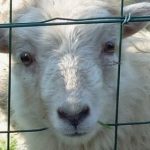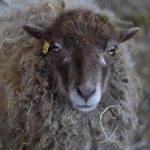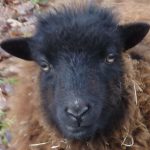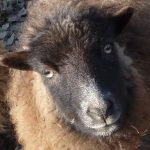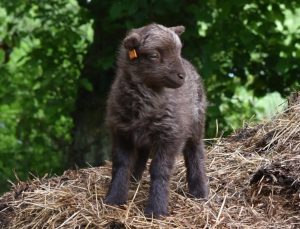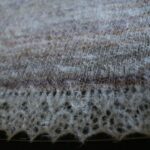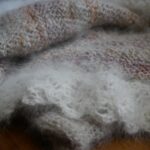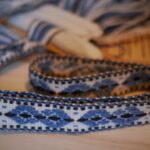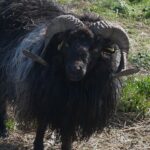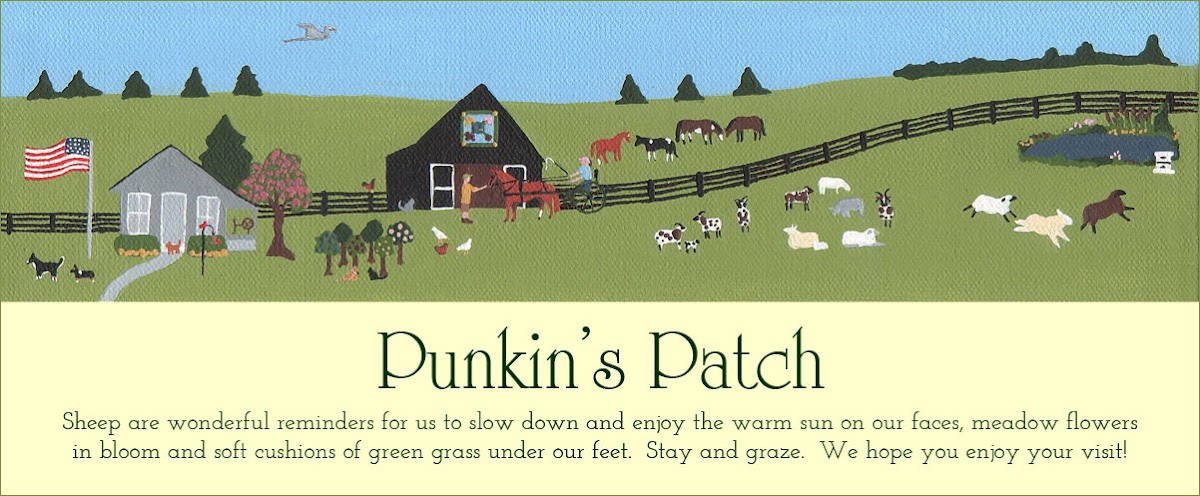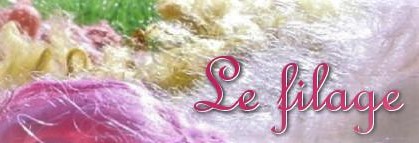De la Toison au Tricot n° 109 : La Laine Ouessant Blanche
It must be said that most people think that Ouessant sheep are black sheep. Of course, it is true that the majority of Ouessant sheep are indeed black.
However, this tendency to think about Ouessant sheep as an exclusively black breed of sheep ignores important historical facts. We have photographic evidence which clearly demonstrates that by the end of the 19th century there were white sheep on the island of Ushant.
For example, in the following photograph, taken in 1898 on the island of Ushant, we can see two white sheep and two black sheep.
Il faut admettre qu’en règle générale, la plupart des gens considère que le mouton d’Ouessant est un mouton de couleur noire. Certes, en majorité, les moutons d’Ouessant sont bel et bien noirs.
Pourtant, cette tendance à considérer le mouton d’Ouessant comme une race ovine de couleur exclusivement noire ignore les faits historiques. Il y a des témoignages photographiques qui nous montrent clairement que vers la fin du 19ème siècle il y avait sur l’île d’Ouessant des moutons blancs.
Par exemple, dans la photo ci-dessous, prise en 1898 sur l’île d’Ouessant, nous voyons 2 moutons d’Ouessant blancs et 2 moutons d’Ouessant noirs.

With the advent of the camera at the beginning of the 20th century (between 1900 and 1920), we can find even more photographs that attest to the presence of white Ouessant sheep on the island.
Here is another example which speaks volumes : a picture postcard (circa 1906) of a young girl with a black and white lamb.
Ensuite, avec l’avènement de l’appareil-photo au commencement du 20ème siècle entre 1900 à 1920, nous pouvons retrouver davantage de documents photographiques qui témoignent de la présence de moutons d’Ouessant blancs sur l’île. Voilà un autre exemple très parlant : une carte postale (circa. 1906) qui nous montre une petite fille avec un agneau blanc et un agneau noir.
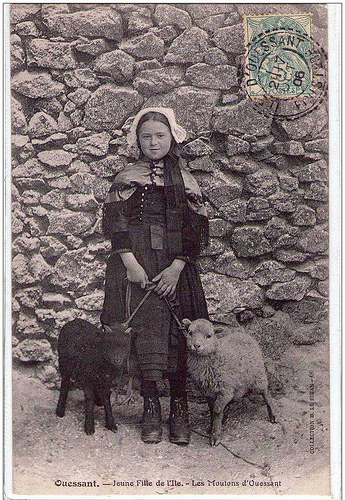
At the same time, it’s really important not to accept at face value certain bits of “common knowledge.” It would be all too easy to think that a black Ouessant sheep is more “ancient” and “legitimate” than a white Ouessant sheep. However, as M. L. Ryder notes in “Bucking the Trend with Coloured Wool” (Colored Sheep and Wool. 1989), when looking at the evolution of fleece color in domestic sheep, we start with the mouflon and the first color mutation produces a white sheep, then there is a mutation that produces a black sheep. (p. 9) So essentially, it’s quite possible that white sheep are actually more ancient than black sheep.
Additionally, we must remember that genetically in sheep, white is dominant to black. In other words, on the island of Ushant, there was a preference and selection for black sheep.
But fortunately for the Spinning Shepherd, there are white Ouessant sheep. As with the other colors of Ouessant fleece, white Ouessant wool is truly beautiful.
Il faut se méfier des idées “reçues”. Il s’avère trop facile de penser qu’un mouton d’Ouessant de couleur noire est plus “rustique” et plus “original” qu’un mouton d’Ouessant de couleur blanche. Pourtant, comme le dit M. L. Ryder dans sa monographie “Bucking the Trend with Coloured Wool” (Colored Sheep and Wool, 1989), au cours de l’évolution de la couleur de la toison chez l’ovin, il semble qu’à partir du mouflon, la couleur a subi une mutation d’abord vers le blanc, puis ensuite vers le noir. (p. 9) Donc effectivement, il se peut que la couleur blanche soit plus “originale” que la noire.
D’autre part, il faut se rappeler qu’au plan génétique, le blanc est dominant au noir. C’est à dire, sur l’île d’Ouessant il y avait une nette préférence et donc une sélection du noir.
Mais heureusement pour la Bergère-Filandière, il y a des moutons d’Ouessant de couleur blanche. Comme les autres couleurs de toison Ouessant, le blanc est d’une beauté exceptionnelle.
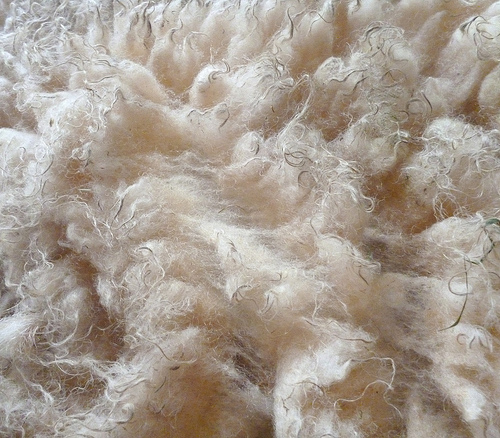
To celebrate the beauty of white Ouessant wool, I’ve just finished making another matching beret and hand bag. Again, I’ve used the Amy Beret pattern by Lisa Cruise and the Felted Entrelac Envelope Bag pattern by Anne Carroll Gilmour.
Pour célébrer la belle laine Ouessant blanche, je viens de faire un autre petit ensemble béret-sac à main. De nouveau, j’ai choisi le modèle Amy Béret de Lisa Cruise et le modèle Felted Entrelac Envelope Bag de Anne Carroll Gilmour.
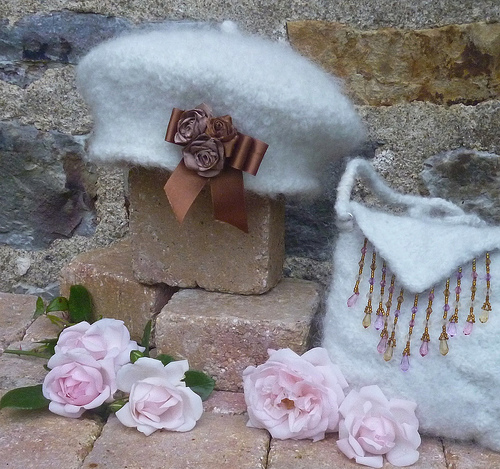
This time, I made a few roses to embellish the beret. I used the “Melted Satin Ribbon” technique for making these little roses.
Cette fois-ci, j’ai fait quelques roses pour orner le béret. J’ai utilisé une technique dite “ruban satiné fondu”.
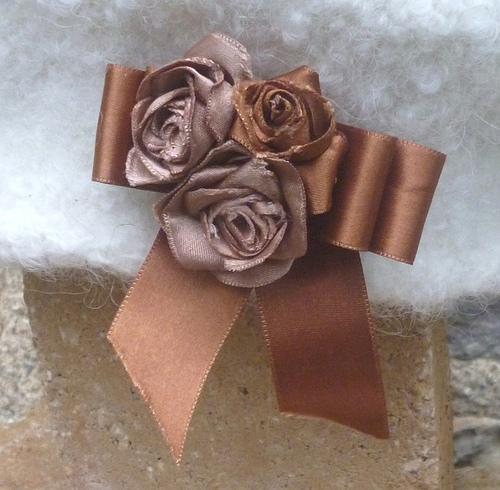
For the small hand bag, I added some lovely “beads by the inch” to create a very delicate feminine look.
Quant au petit sac, j’ai ajouté de jolies perles en ruban pour faire un petit sac très délicat et féminin !
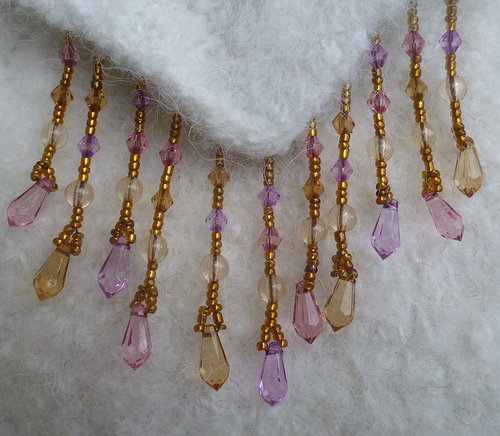
Oh yes, it must be said, Ouessant wool really is beautiful !
Ah oui … il faut le dire … la laine Ouessant est vraiment très belle !


